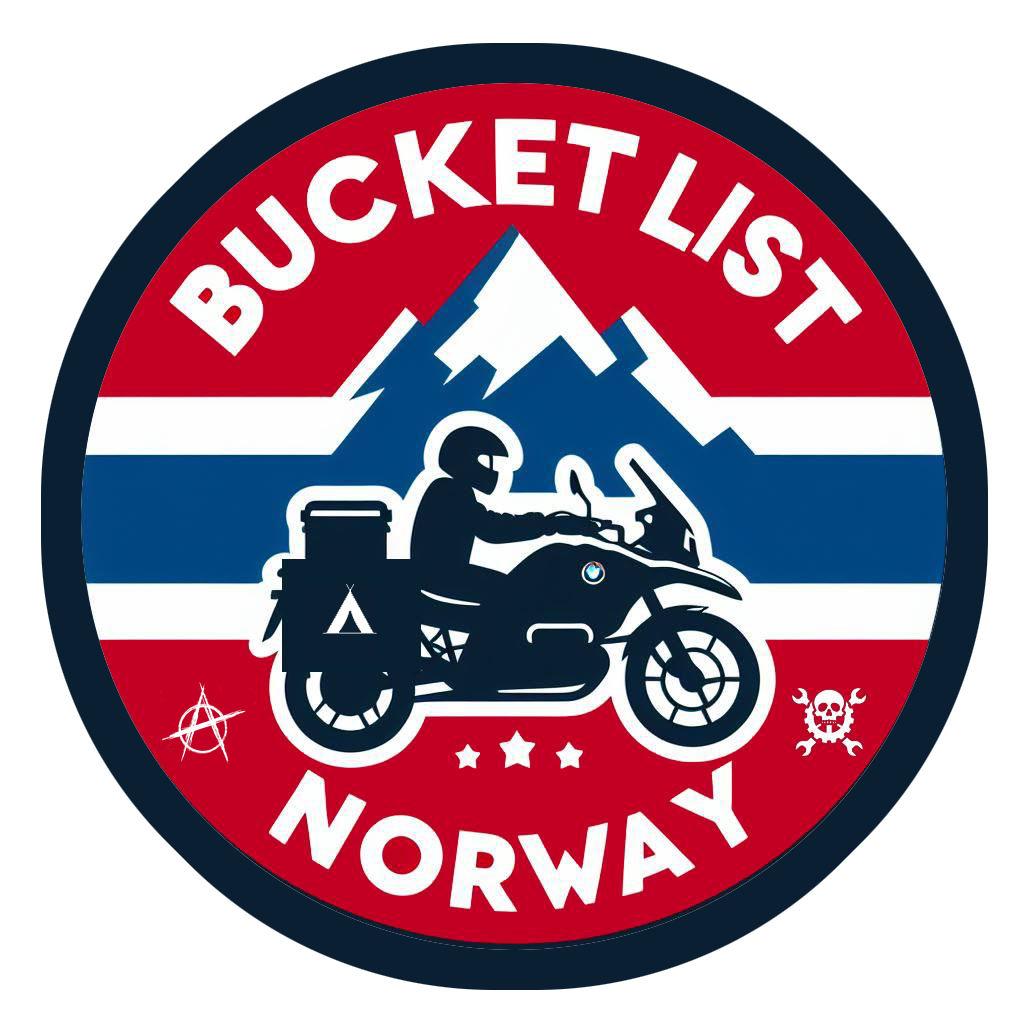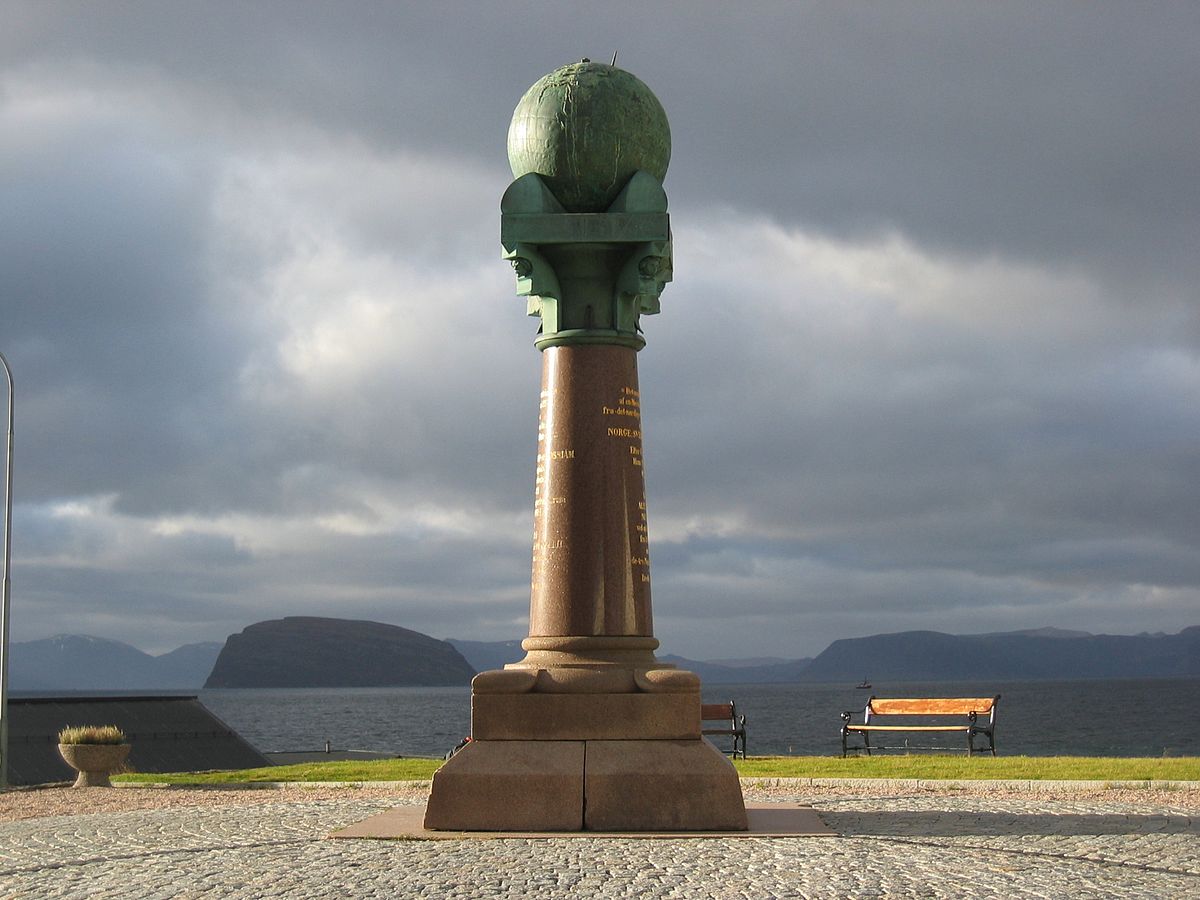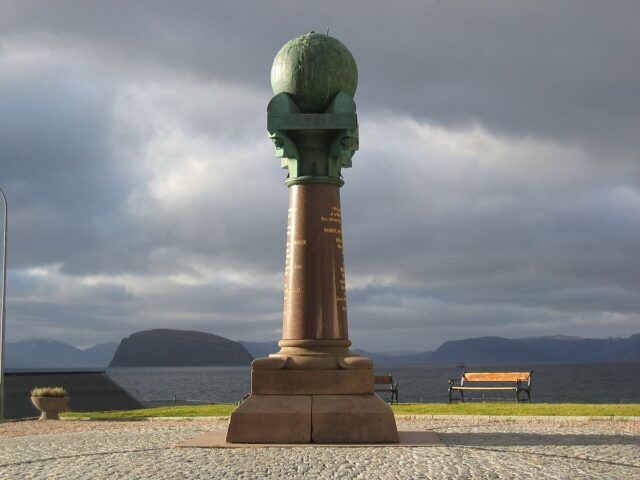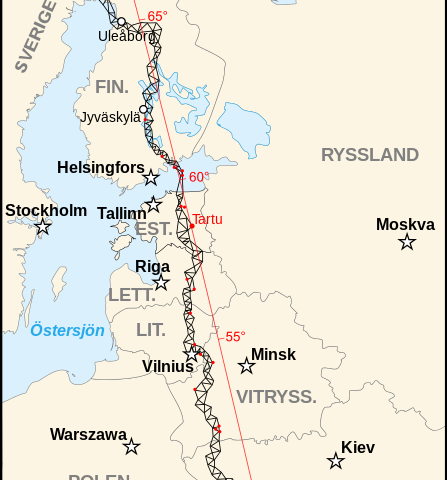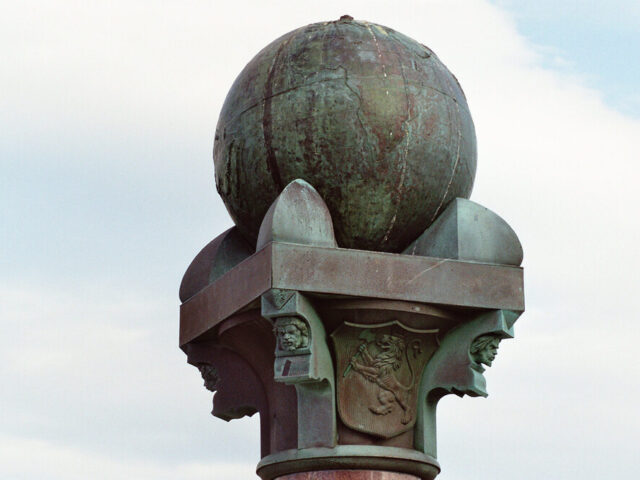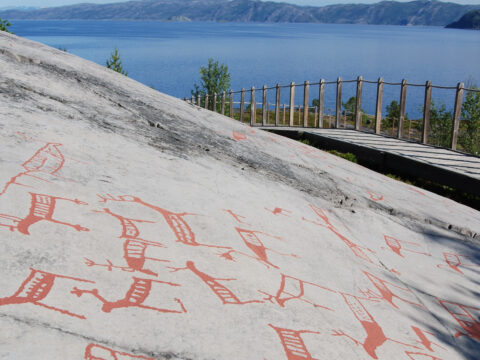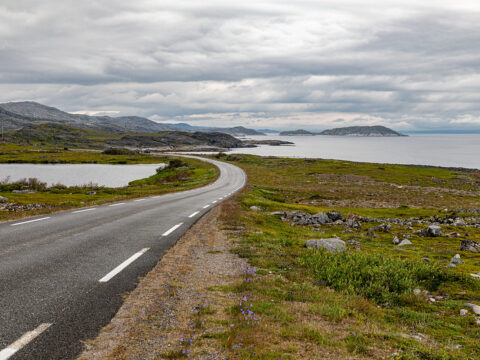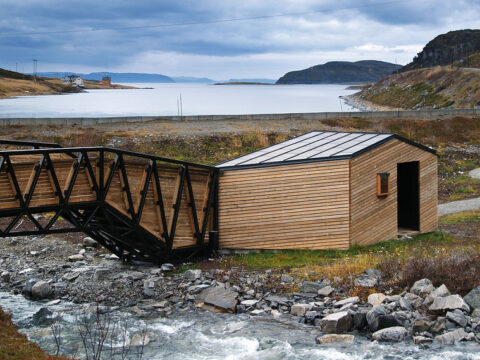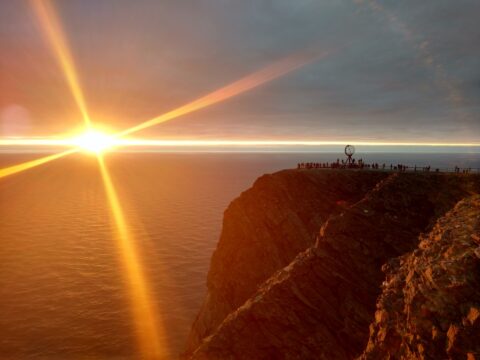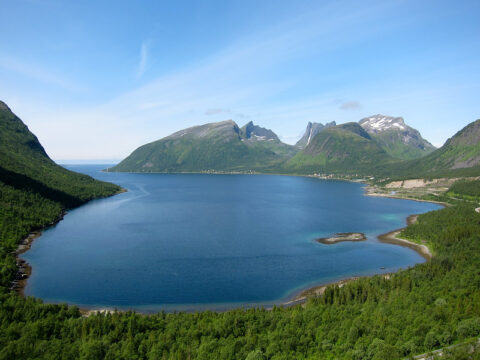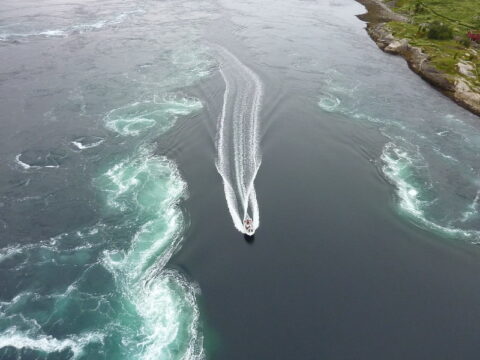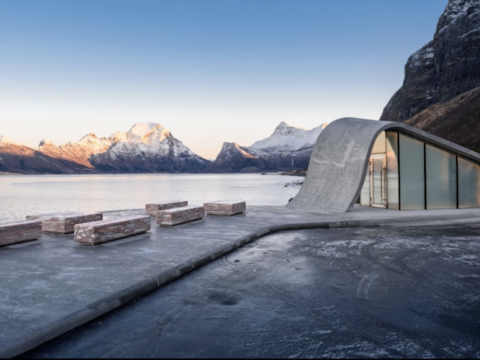Address
Meridiangata 10, 9600 Hammerfest
GPS
70.669972783574, 23.663604062427
2 users have saved this item in their Bucket list.
You can also make your own list.
Have you heard about the Russian astronomer and geodetic mathematician Friedrich Georg Wilhelm Struve (1793 – 1864)? He is unfortunately not as famous as he deserves to be be… For 39 years – between 1816 and 1855 – he led the massive task to measure the exact size and shape of the planet earth!
325 locations in 10 countries
To make his calculations along the meridian, he was deploying a chain of triangular shapes with sides between 20 to 40 km. This was done over a 2822 km long stretch from the Black Sea to Hammerfest in Norther Norway. The measurements was carried out at 265 main locations and 60 sub-locations. His arch – or chain of triangles stretches across 10 countries: Norway, Sweden, Finland, Russia, Estonia, Latvia, Lithuania, Belarus, Moldavia and the Ukraine.
When Struve started his work, it was the first international scientific cooperation organised at national level in world history. Behind it was the governments of Russia, Norway and Sweden.
Spot on
To call Struve and his teams effort anything else than a huge success would not be fair. Over the 39 years the work was carried out, the surveyors were traveling by foot between the measure points. In 1855, they calculated earths radius at equator to be 6,378,361 meters. This is only 224 meters more than our modern worlds advanced techniques and tools have concluded the radius to be!! Nothing less than impressive!
UNESCO listed in 2005
In 2005 Struve’s Geodetic Arc became the first technical/scientific undertaking to be entered on the UNESCO World Heritage List. Of the total of 325 locations that were used for measurement, only 34 points are still intact and now protected by UNESCO. 4 of these locations are in Norway;
- The final point on the meridian column in Hammerfest.
- The top of the mountain, Lille-Raipas (Una Raipasas) in Alta.
- The top of the mountain, Luvddiidcohkka (Lodhiken) in Kautokeino.
- The top of the mountain, Bealjasvarri/Muvravarri in Kautokeino.
In the area
If you decide to head north, also make sure to check out the rock carvings at Alta museum – also UNESCO listed. Maybe check out the Trans Euro Trail (TET) section 3 if you are into adventure riding and going towards the North Cape. Or the two Scenic Routes Havøysund and Varanger.
